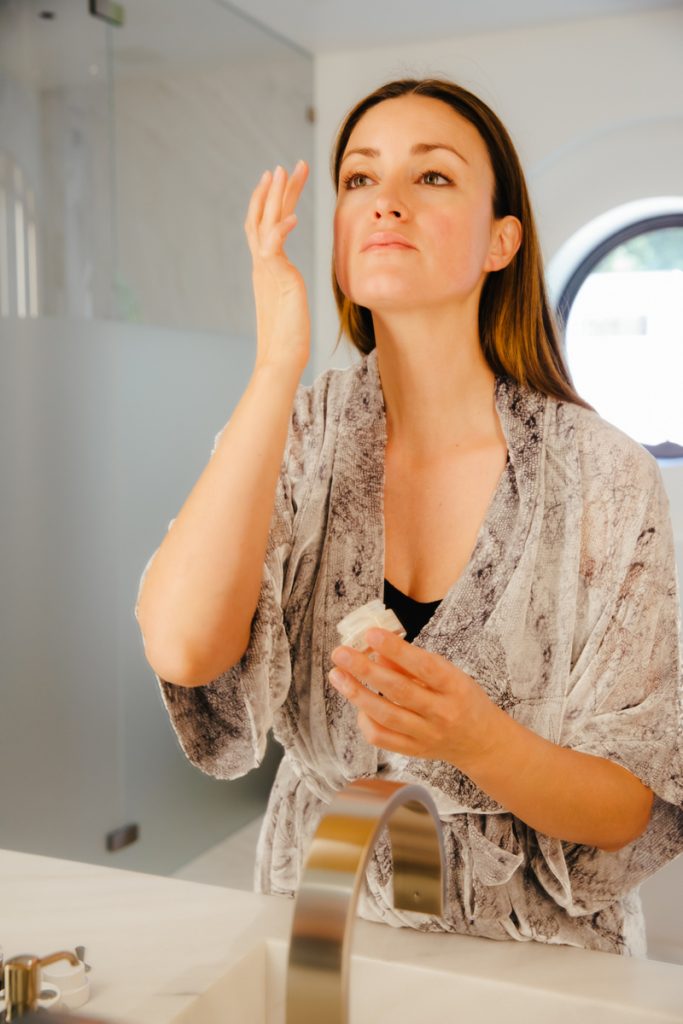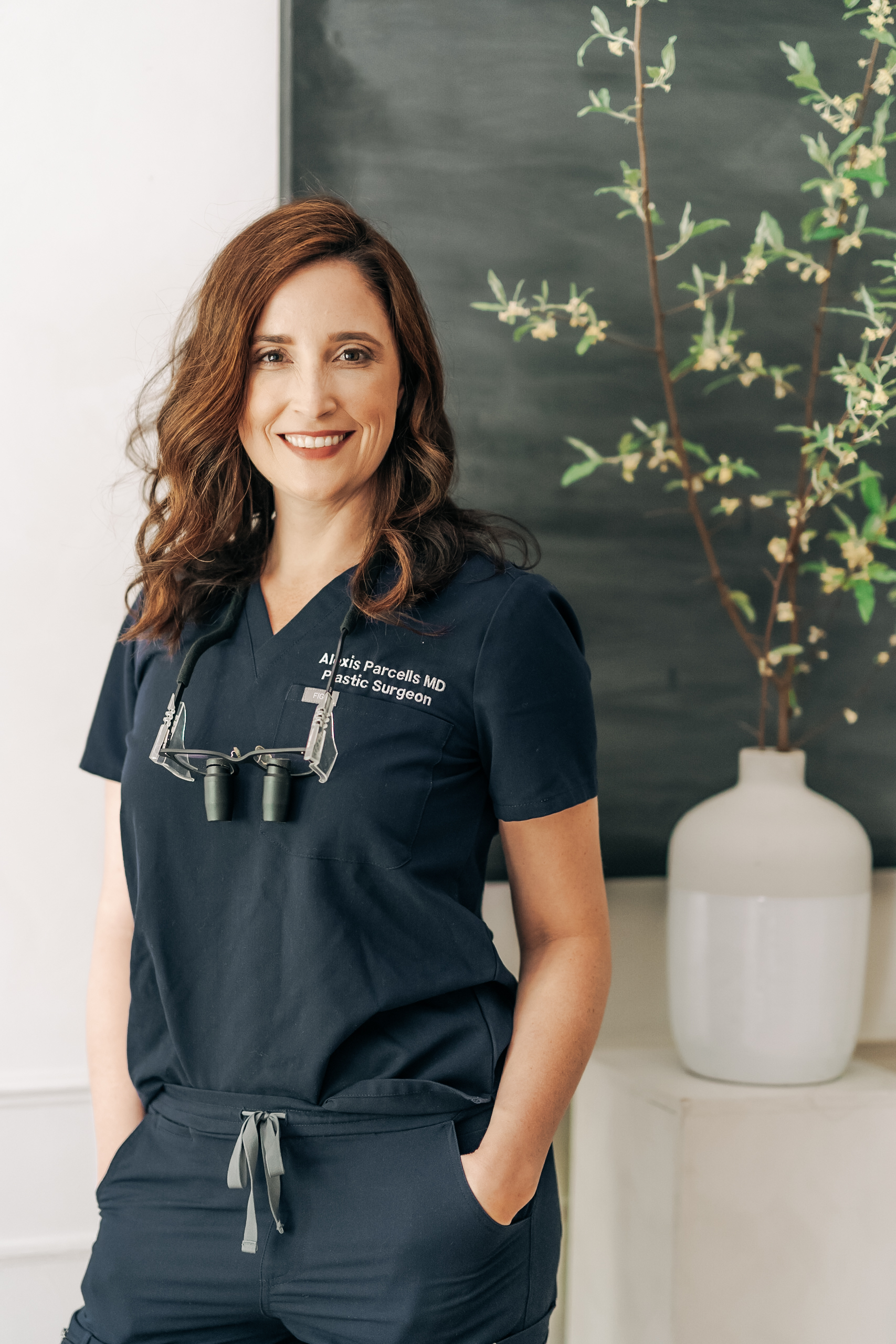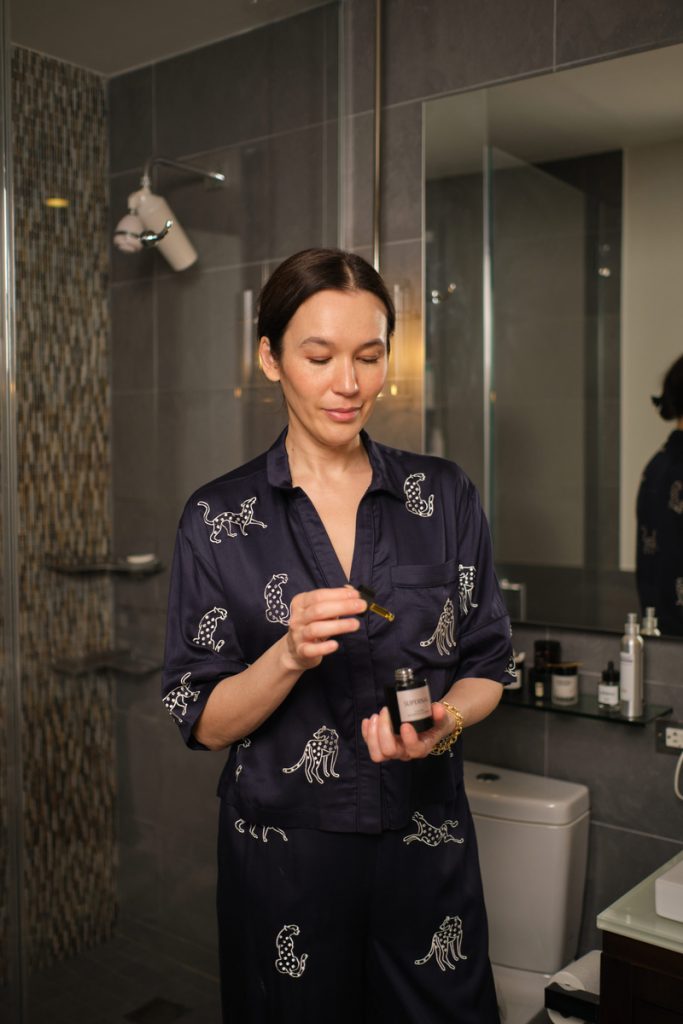Botox used to get a bad rap. Either it was associated with perpetually happy smiles that suggested a little too much excitement or a standard of beauty that was impossible to achieve (but pursued nonetheless). Nowadays, Botox is back and better than ever. And what’s more, our collective cultural relationship to the beauty treatment has transformed. Little by little, we’re learning to adopt a relationship to our appearances that’s more about following what feels good and ditching the pressure to look a certain way. And for many of us, this means diving deep into the world of preventative Botox.
In the same vein as designing skincare regimens that satisfy our love of shelfie-perfecting products and wellness routines that keep us balanced and energized, how you approach beauty and health is deeply personal. And while we take a stance on aging that embraces all the knowledge, experience, and wisdom your mind and body amass over the years (and is much better than the alternative), there’s no shame in seeking out ways to help you love the skin you’re in. If preventative Botox is on that list, you’ve come to the right place.
I spoke with Dr. Alexis Parcells, MD to get the scoop on the buzzy skincare phenomenon that’s been gaining traction among the social media set, chatted about on podcasts, and covered across health and wellness sites. Let’s dive in to learn whether or not there’s fact to the seeming fiction, and if preventative Botox is as effective as it sounds.
Feature image by Michelle Nash.



Let’s start with the question everyone wants to know: Is preventative Botox really worth the hype?
Preventative Botox is exactly what it sounds like—injections that are said to prevent wrinkles before they form. Dr. Parcells explains that preventative Botox is growing in popularity among both women and men in their 20s and 30s. She breaks down how it works, saying that Botox paralyzes “specific facial muscles, thereby inhibiting their movement.” All the expressions our faces make day in and day out (Dr. Parcells cites “raising your eyebrows or tightly closing your eyes” as examples) over time results in the fine lines and wrinkles that come with aging.
“Once those lines form, it may take several Botox treatments over the course of months or years to improve or erase,” says the MD. But preventative Botox comes with the promise of good news, as it effectively “inhibits muscle movement BEFORE those fine lines and creases form,” Dr. Parcells assures. Essentially, preventative Botox treatments proactively prevent these lines from developing in the first place.
For Botox treatments to truly be considered preventative and effective, when should we start?
As with many cosmetic treatments, the answer to this question varies, and sometimes widely. “Botox is FDA-approved and available for patients 18 and older,” says Dr. Parcells. “Most patients typically start using Botox at age 30, and some even in their mid-20s.”
If you’re looking to start Botox treatments on the earlier side of things, Dr. Parcells advises potentially putting a pause on your plans. While you certainly can receive preventative Botox treatments in your early 20s, she notes that “it’s unlikely lines that have formed are present at rest.”


How often should you receive preventative Botox treatments?
Not only are preventative Botox treatments expensive, but they can take some time to yield results and require frequent follow-up visits to maintain. “Botox can take up to two weeks to fully work,” Dr. Parcells notes. “Most men and women achieve their desired look for 10-12 weeks. For best results, treatments should be performed 3-4 times a year,” she says.
How much do preventative Botox treatments cost?
The magic we just described above does, unfortunately, come at a cost. Of course, the price depends on several factors, including where you live and the part of the face receiving treatment. Dr. Parcells says to expect fees ranging from $400 to $2500 per treatment.


What areas of the face benefit most from injections?
With expensive treatments, it makes sense to be strategic about the areas of the face you’re focusing on. “Botox is FDA-approved for lines of the forehead (frontalis muscle), the glabellar complex, and around the eyes (orbicular oris muscle),” says Dr. Parcells. While you can receive Botox treatments for other concerns, Dr. Parcells notes that these injections are considered “off label.”
What are the downsides of injecting earlier? Any risks?
Before you drop a paycheck or two on preventative Botox, it’s important to know that benefits and results of the treatment are largely anecdotal, and as Dr. Parcells cites, “there isn’t long-term research on the effects of preventative Botox.” As for risks, Dr. Parcells says that while studies haven’t been conducted to support these claims, in theory, frequent, repeated Botox treatments “can cause muscle weakness over time and give a thinner or looser appearance.”
What should you consider when vetting a clinician?
Undergoing any significant treatment should be undertaken with a lot of reflection and research done up front. Dr. Parcells emphasizes the importance of working with a board-certified plastic surgeon or dermatologist. She offers a seemingly obvious, but key reminder: “Remember, this is your face.” In your consultation, ensure that you feel comfortable with your provider, “read real patient reviews and ask to see before and after photos,” says Dr. Parcells.
In her own practice, she is adamant about following up with new patients to make sure they’re happy with their results. It’s a good sign too, that your plastic surgeon or dermatologist is accommodating in responding to your questions and addressing any concerns you may have.





